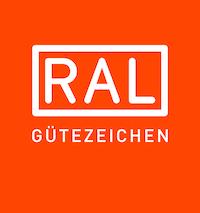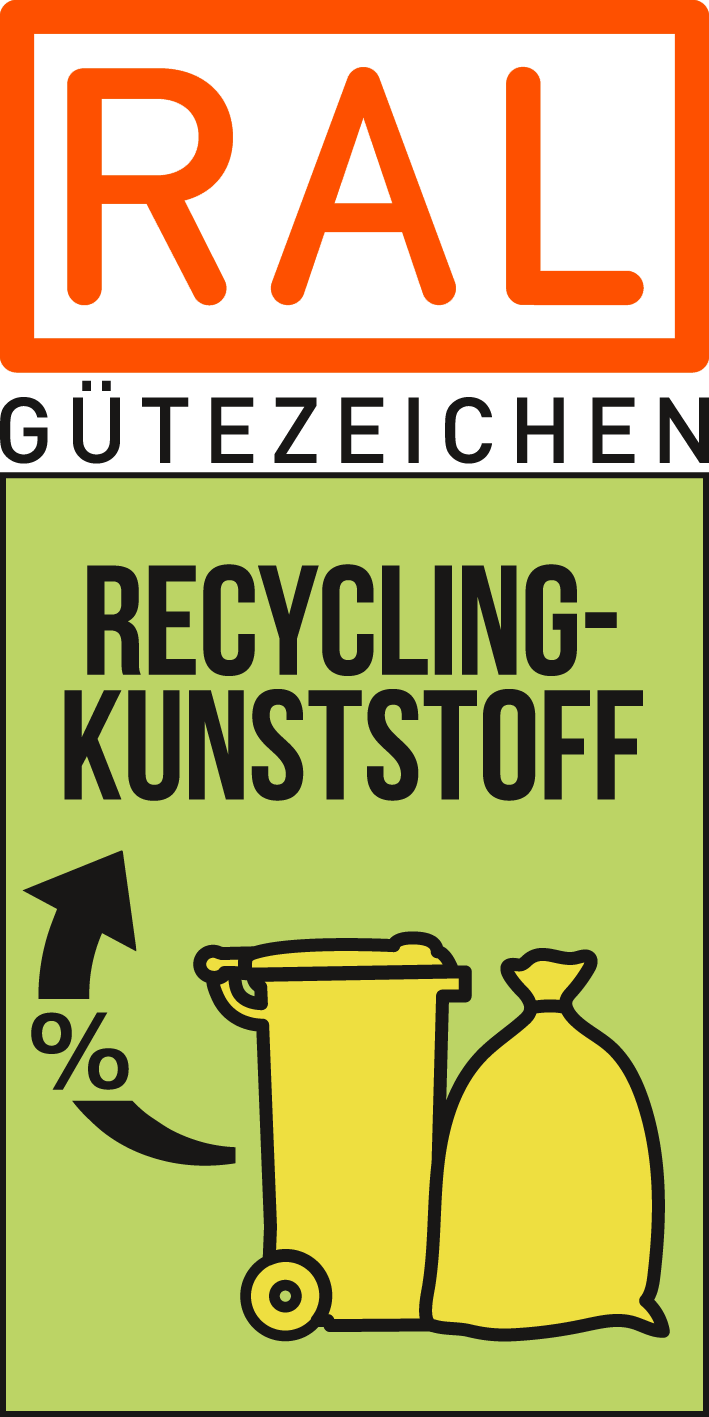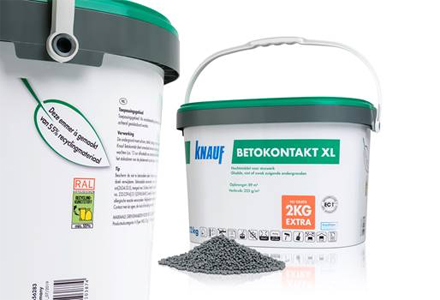Our natural resources are limited – and are becoming increasingly scarce. In order to preserve them, the raw materials used in the production of products should be fed back into the production process as far as possible. Consumers can make an important contribution to this process by ensuring that their used products and recyclable materials end up in competent hands. The RAL Quality Mark for Reverse Consumption is used to identify the service-oriented and controlled take back of recyclable materials at expertly managed reverse consumption centres. The RAL Quality Mark for % of Recycled Plastic also provides guidance for those people who prefer to purchase resource-conserving goods. It states the proportion of recycled plastic in products and packaging materials and stands for environmentally friendly goods.
Reverse consumption centres that have been awarded the RAL Quality Mark offer consumers a convenient way to hand back their recyclable materials – and thus strengthen the circular economy. These facilities stand out due to their worker-friendly opening times, the provision of useful information on how to avoid waste and also by offering people the opportunity to take any still serviceable products away with them. The recyclable materials handed in at these centres are classified according to their recyclability, stored correctly and prepared as far as possible for corresponding recycling processes. “The products and materials handed into the reverse consumption centres for recycling are collected for energetic recovery or landfill disposal. As a result, it is also possible to make statements about the actual efficiency of the recycling process”, explains Christoph Becker, Managing Director of the RAL Quality Assurance Association for Reverse Consumption. “As well as providing a good level of service to our customers, we also want to identify potential areas where the circular economy can be improved over the long term.”
Recyclable materials collected in yellow bags or yellow bins in Germany can be used to produce new products and packaging. The RAL Quality Mark for % of Recycled Plastic indicates, for example, the proportion of recycled plastic materials from household waste that is found in products in percent. It guarantees that this can be seamlessly traced back to the yellow sack or yellow bin and thus has been sourced from near-household waste collections. “We document all of the processing stages, from sorting and preparing through to the use of the recyclate in the relevant new products”, says Dr. Ina-Maria Becker, Chairperson of the Quality Assurance Association for Recyclate from Near-Household Waste Collections. “In the process, we want to create incentives for industry to reuse plastic materials from household waste. For consumers, the new RAL Quality Mark aims to make the use of recycled plastic in products transparent. We also hope to promote acceptance for recycled products and the consistent separation of waste.”



